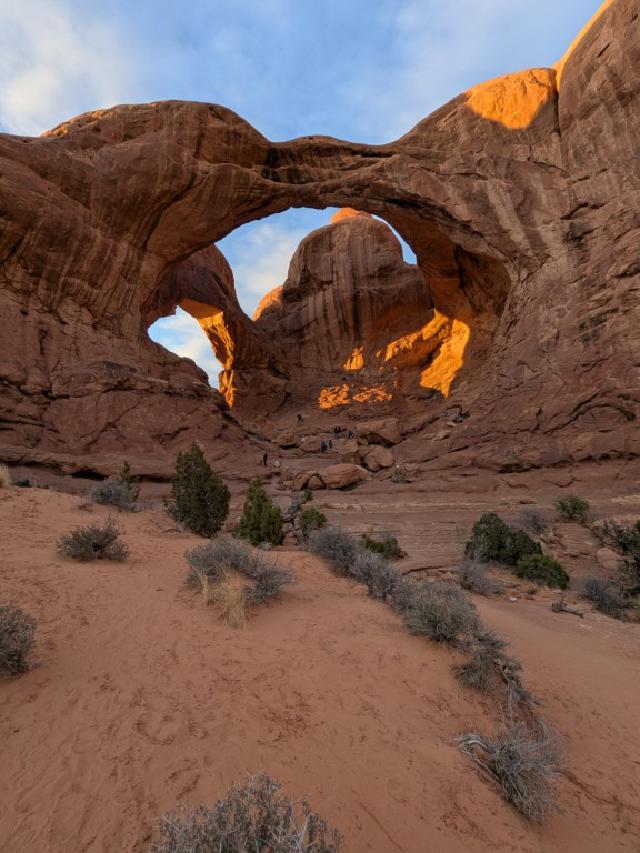
Without planning ahead, we paid our entrance fee to Canyonlands and headed to the visitor’s center. The afternoon sun was sinking lower, and we knew we wouldn’t have much time. We’d had a full day already, visiting other nearby wilderness areas. The Park Ranger at the visitor’s center grabbed her highlighter and showed me the most effective route to see the most important sites before sunset. I liked how the park ranger used her expertise to teach me. “Don’t take the second mile of this hike; the first mile has the best views.” I thought, “This might be what people want when they ask about educational goals.” For example, parents will ask me, as we head into the summer, “How can I keep reviewing multiplication facts in a fun way while the kids are out of school?” They are hoping I will respond to them like the Ranger responded to me when I said, “I don’t want to walk very far” and “I want to see the most stunning vista.” But, instead, I usually respond with additional questions. “How proficient is your child?” and “How much time do you want to devote each day?” Understandably, we prefer experts to give us quick answers that will simplify our journeys. I love the example of the explorers of this area. They didn’t have the option to benefit from others who had gone before.
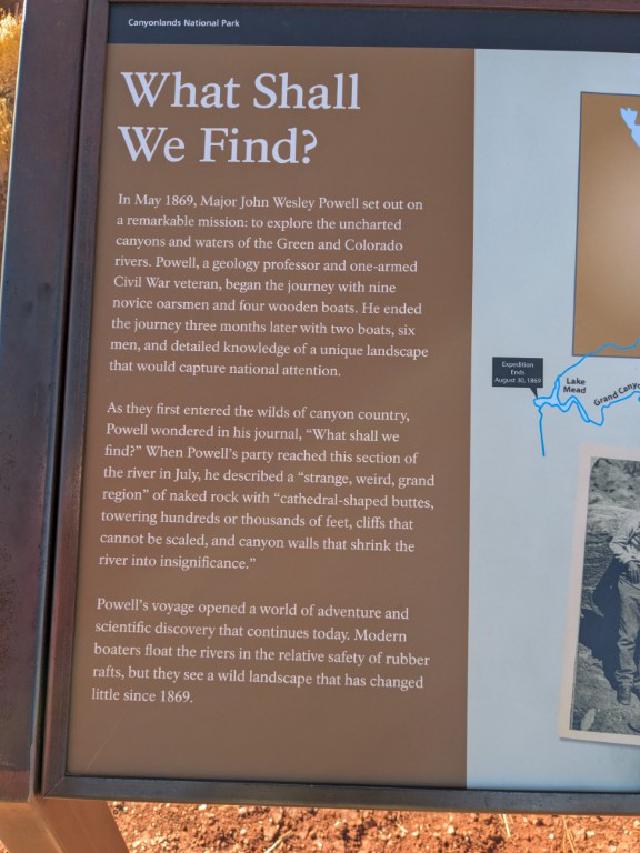
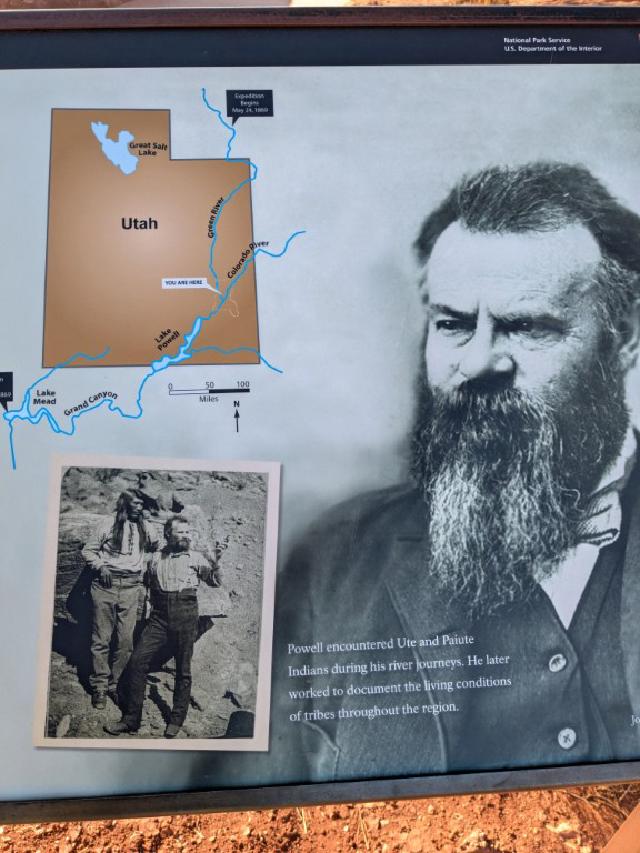
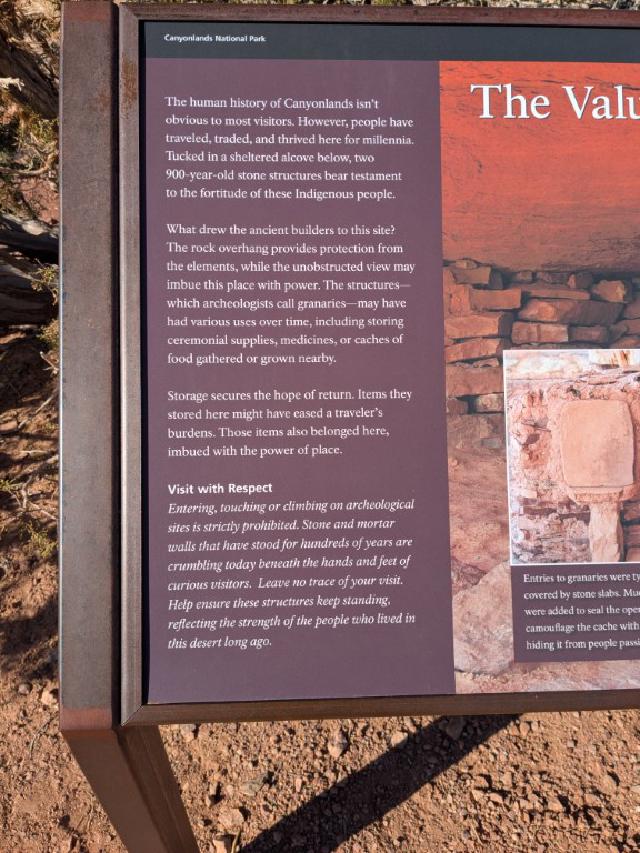
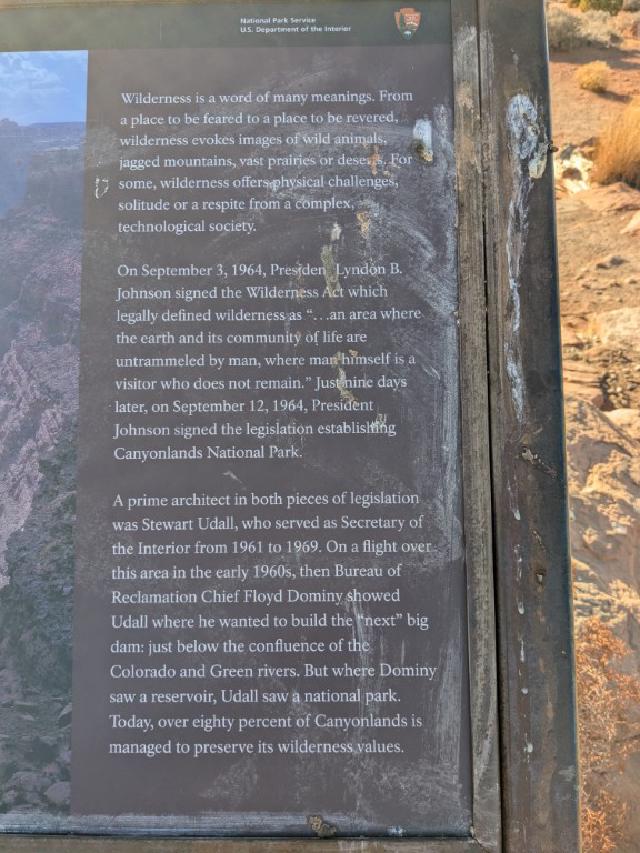
the Wilderness Act which legally defined wilderness as “…an area where the earth and its community of life are untrammeled by man, where man himself is a visitor who does not remain.”
Education is much broader than a national park. The body of knowledge can become a wilderness. We learn a little and realize how much more there is to learn.